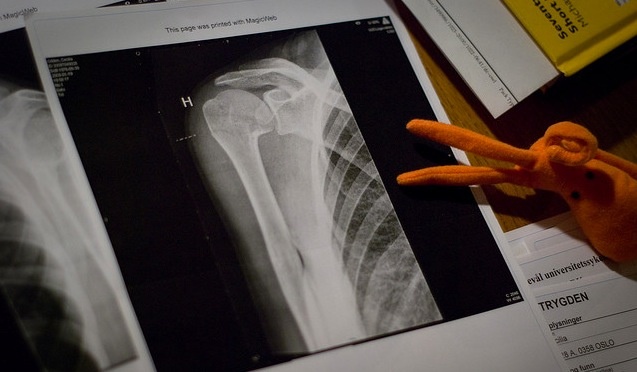How to Train if You Have an Injury (7 Steps)

There’s no gentle way to say this – training with injuries SUCKS!
The most important thing you can do now is to let yourself heal.
However, depending on your injury, there might be quite a few ways to stay active while also recovering.
We do this all the time in our Online...


